Cherries are some of the tastiest and most vitamin-rich fruits in the world, but did you know that they are also easy to grow from seeds?
Ideally, you should plant cherry seeds into fertile, well-drained soil at the end of the Fall season, allowing them to over-winter in the ground. Seedlings will emerge as the soil warms up in the Spring.
If you live in a temperate region, that’s all there is to it. If not, then read on.
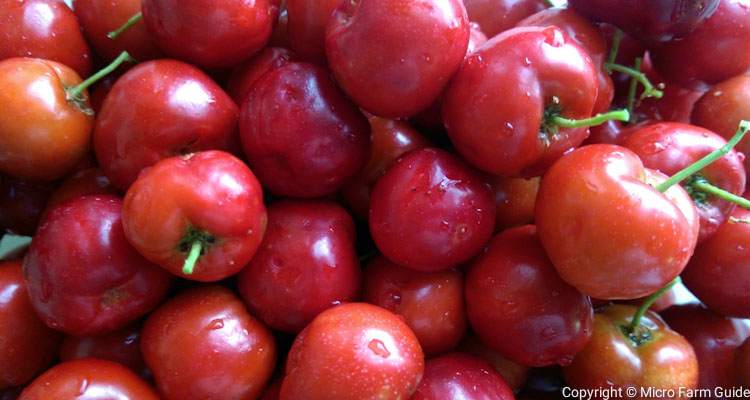
In this guide, you will learn a simple, step-by-step method to grow cherries at home, using the pits you would have otherwise thrown away.
That being said, let’s take a look at how to plant cherries from seeds in 5 simple steps.
Before We Get Started
I must mention that some popular cherries are not true to seed since their trees need to cross-pollinate with other varieties to produce fruit.
As a result, you can never know what to expect from your new tree.
If you want an exact copy of the original fruit, you must get either a cutting, grafted, or budded plant. Nevertheless, now that we are on the same page, let’s get started.
Step 1: Collect, Use, And Clean Seeds
Pick or purchase ripe cherries from your area, preferably from a farmer or neighbor. If you wish to experiment, you can buy imported varieties from a supermarket.
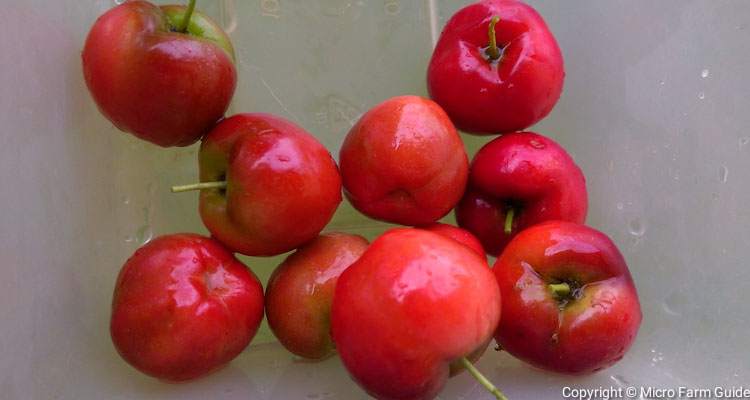
Use the cherries as usual. Afterward, rinse seeds in clean water, removing as much pulp as possible, but don’t worry if some remains.
We usually place the cherries in a blender for a quick spin. Then strain and wash the pulp. In this way, we clean the seeds without much of a hassle.
Step 2: Mix Seeds With Compost
Mix the cherry seeds into some moist compost or growing media. Place the mixture into an open container and store it in a dry, warm location. Remove the container and turn its content occasionally.
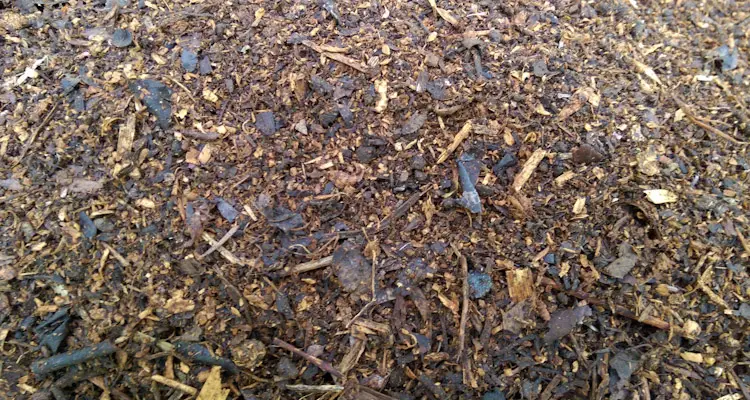
Allow the seeds to dry for about two weeks. Do not add water to the growing media. Your aim is to provide a warm, dry environment ahead of the next step.
Most gardeners recommend a sterile media, but I usually place the seeds into my hot compost. They grow pretty well when planted.
Step.3: Refrigerate For Up 12 Weeks (Optional)
Seal the container and place it in a refrigerator for about 90 days. This is a process called stratification and is meant to mimic winter temperatures.
However, this is unnecessary if you live in a temperate region, where you can simply plant the seeds before winter.
Or, if you are growing similar fruits such as West Indian Cherries (Acerola), which are not technically cherries, but native to tropical climates.
Step 4: Prepare Soil Or Potting Mix
Cherry trees grow best in deep, well-drained, nutrient-rich soils. You will need to loosen and amend your soil with organic material if it is clayey or tends to become soggy.
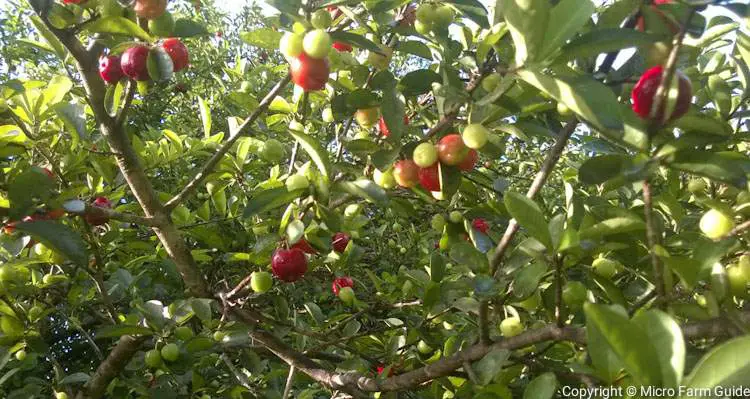
If you cannot amend the soil, please consider growing the plant in a large, deep container until you find a suitable location to transplant it.
By chance, we planted our tree in what used to be a compost pit. As a result, the tree has been able to thrive for over 20 years, even though it is surrounded by heavy, clayey soil.
Step 5: Plant Cherry Seeds Into Growing Medium
Remove the seeds from the refrigerator after the 3 months and allow them to warm to room temperature overnight.
- Soak seeds for about two hours, then plant 3 cherry seeds into a 3-gallons container, spacing them about 4 inches apart.
- Press seeds gently into the soil, about 1 inch deep, then firmly cover with moist potting mix.
- Water the entire area lightly and place the container in a cool, dry area until seeds germinate.
Cherry trees can take up to 30 days to germinate after the initial 90 days in the refrigerator.
Even though you can sow cherry seeds directly into the ground, it is best to first germinate them. Then transplant the most robust seedlings to their permanent location.
Final Thoughts
Planting cherry seeds is a simple process but can take a while due to the need to recreate winter conditions. Further, the resulting tree is not guaranteed to be the same as the parent.
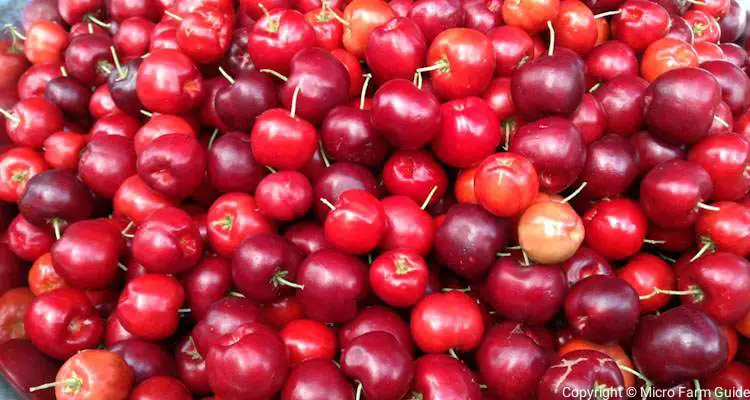
So, while this can be a fun experiment or an excellent way to create genetic diversity, it is not the most efficient way to propagate cherry trees for personal use.
Ideally, you should consider sourcing a grafted or budded plant with the qualities you desire, unless you don’t mind waiting up to 10 years to see what you get.
Related Questions
How Long Does Cherry Trees Take To Grow From Seeds?
Cherry trees can take between 5 and 10 years to produce their first fruit. This time can vary depending on the soil’s fertility, variety of plants, and climate. In some instances, they may only produce flowers, especially with plants that require cross-pollination to bear fruit.
How To Germinate Cherry Seeds Fast
The simplest way to ensure that your cherries germinate quickly is to provide them with ideal conditions. These include enough moisture and constant warmth between 75 and 85°F after their initial stratification period of three to four months.
Do You Have To Dry Cherry Seeds Before Planting?
Yes, you must dry and then chill the cherry seeds for up to 4 months before planting. This simulates the dormant winter period when the seeds are ready to sprout.
Can Cherry Trees Grow In Pots?
There are dwarf varieties of cherry plants that can grow in pots. However, you must ensure that the growing media is fertile, well-drained, and deep enough to allow the roots to spread properly. Alternatively, you can create a Bonsai, a miniature version of a regular tree.
Can You Grow Cherry Trees Indoors?
Yes, you can grow cherry trees indoors as an ornamental or for fruits. However, you’ll need to ensure that they receive enough light. If grown for their fruit, ensure you choose self-pollinating varieties.
References
Royal Horticultural Society. Cherries. rhs.org.uk. Accessed August 2022
SF Gate. How Long Does It Take Cherry Trees To Produce? homeguides.sfgate.com. Accessed August 2022
